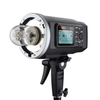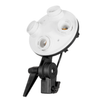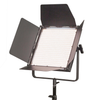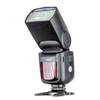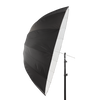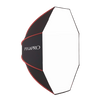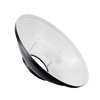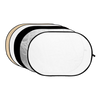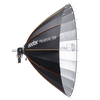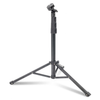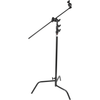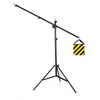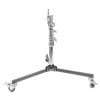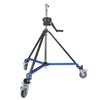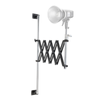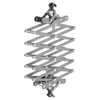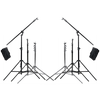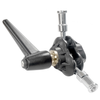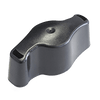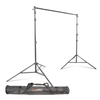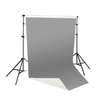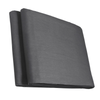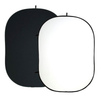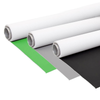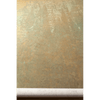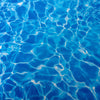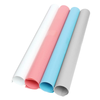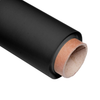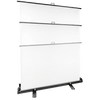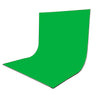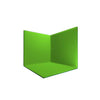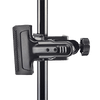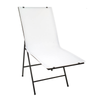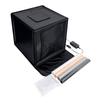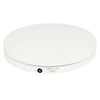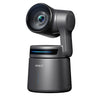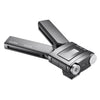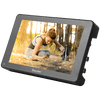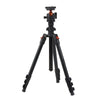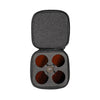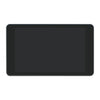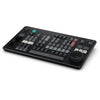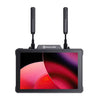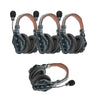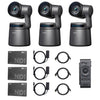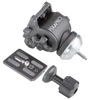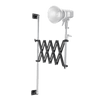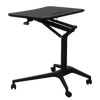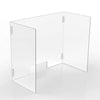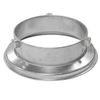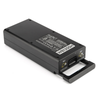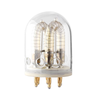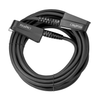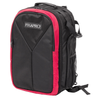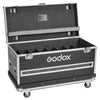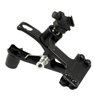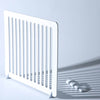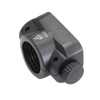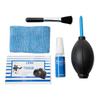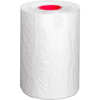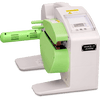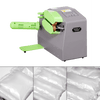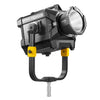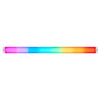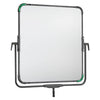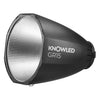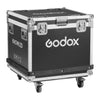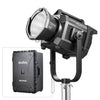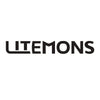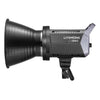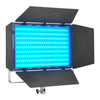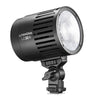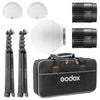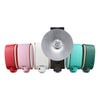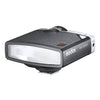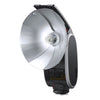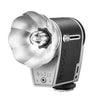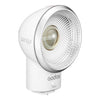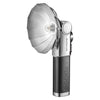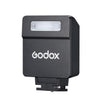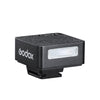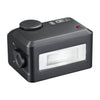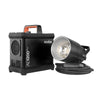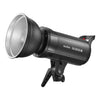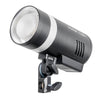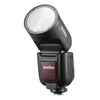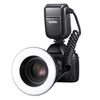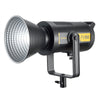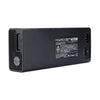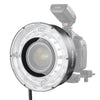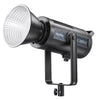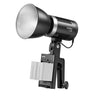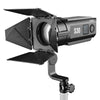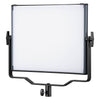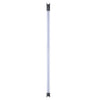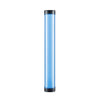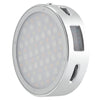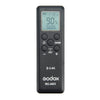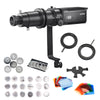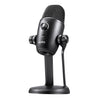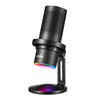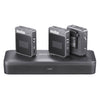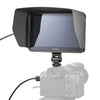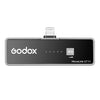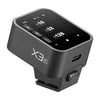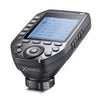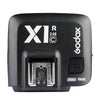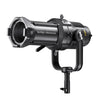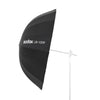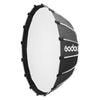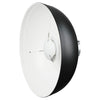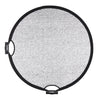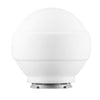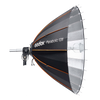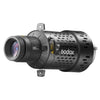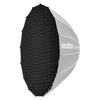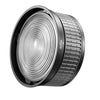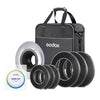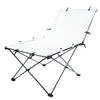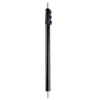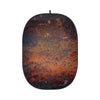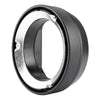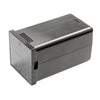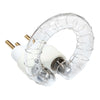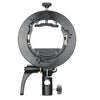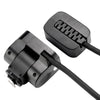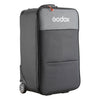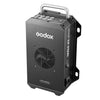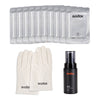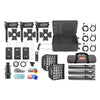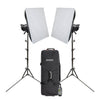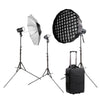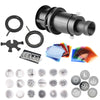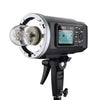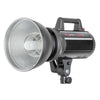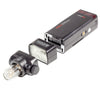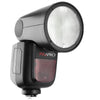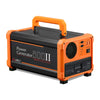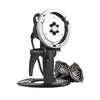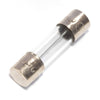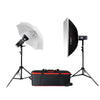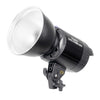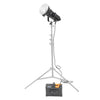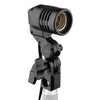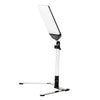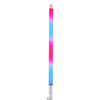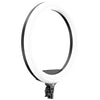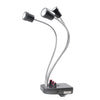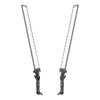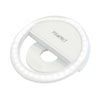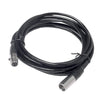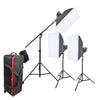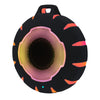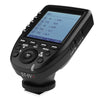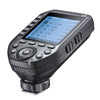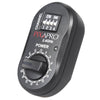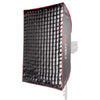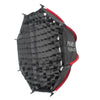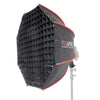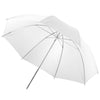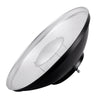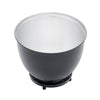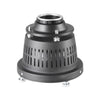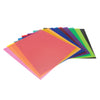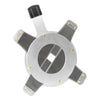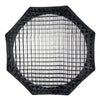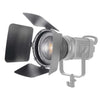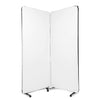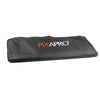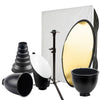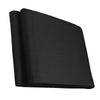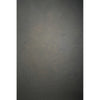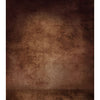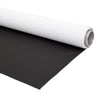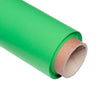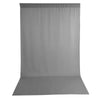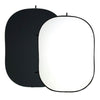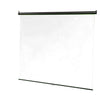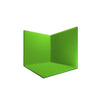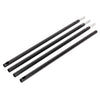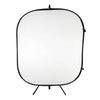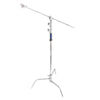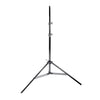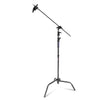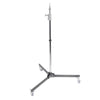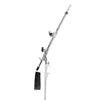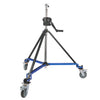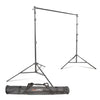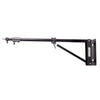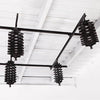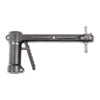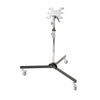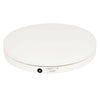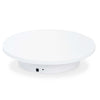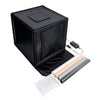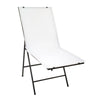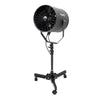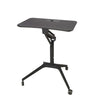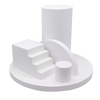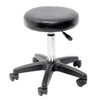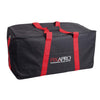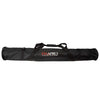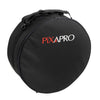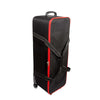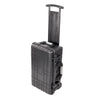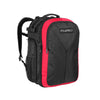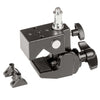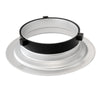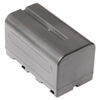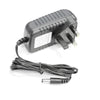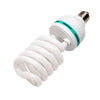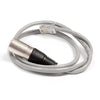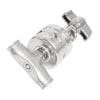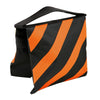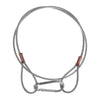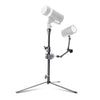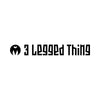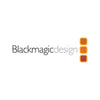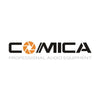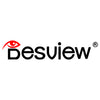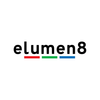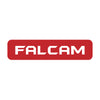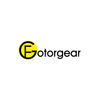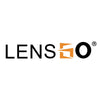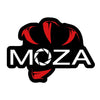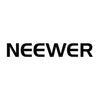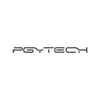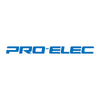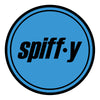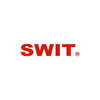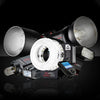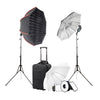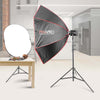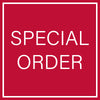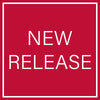Speedlite vs Barebulb - by Mic Ty and Mohammad Shafik


"SPEEDLIGHT V BAREBULB
If you read lighting blogs and hang out at lighting forums, one of the things you'll often hear is that a bare bulb (aka bare tube) flash is superior to a speedlight, which has a rectangular reflector and fresnel lens. Such is the mystique of bare bulb that ebay prices for old Sunpak 120J flashes are in the $200+ range (in past years they have reached over $300).
Is the quality of light from a bare bulb flash indeed better than that of a speedlight? I did an experiment to test this. Hit the jump to see the results!
CONVENTIONAL WISDOM
There are many reasons given for the bare bulb flash's superiority. One is that the light can be sent in almost all directions whereas with a speedlight the light only goes forward. When used with a softbox, the bare bulb flash will illuminate the sides of the softbox, thus illuminating the softbox face more evenly than a softbox lit with a speedlight. It has been said that a smaller softbox lit with a bare bulb is the equivalent of a softbox with a 75% larger surface area lit with a speedlight.
A bare bulb flash also produces a round light pattern compared to the somewhat unnatural rectangular light pattern of a speedlight. In a square or octagon softbox, the bare bulb flash would theoretically spread its light more evenly in the softbox than can a speedlight.
There are other reasons for the superiority of a bare bulb such as the option to use it with a parabolic reflector, which is said to have better quality light compared to a square reflector of a speedlight. However, I thought it would be fun to try an experiment to see if a bare bulb flash does indeed give better quality light in a softbox.
THE CHALLENGE
In the blue corner, wearing black with white trim, weighing in with a guide number of 160 feet, an old school favorite among wedding photographers and a veteran with decades of service under its belt, fighting out of Hauppauge, New York, the legendary battery-powered strobe, the Quantum Qflash!
In the red corner, wearing black with red trim, weighing in with a guide number of 125 feet, the former Nikon flagship flash and still the most powerful flash that Nikon has ever produced, fighting out of Sendai, Japan, the venerable workhorse, the Nikon SB-800!
The fighting grounds: a Octagon Softbox with both the baffle and front diffuser attached. Both flashes will be mounted to a Speedlite Bracket . Both flashes will be triggered. (the non-Studio version).
The rules: To fight the SB-800 (with about 60-75ws of power), the 200ws Qflash will not use its PXC module (which would otherwise add 200ws), and will operate at half the manual power setting of the SB-800, so that the flashes can fight at the catchweight of 100ws.
Round 1 will compare the light distribution on the face of the softbox.
alt="" />
Round 2 will compare the light distribution on a wall illuminated by the softbox.
Round 3 will compare the softbox light on a mannequin.
... And there goes the bell!
ROUND 1: FRONT PANEL
Each flash was mounted on the softbox. I then took a photo of the face of the softbox. These shots were at ISO 200, f/4, 1/250. The SB-800 was triggered at 1/32 power while the X2 was at 1/64 power. I used the SB-800 both in 24mm zoom and with the Nikon SW-10H dome diffuser (similar to the Sto-fen Omnibounce) at 14mm zoom.
To help evaluate the resulting photos, I converted the luminosity of the photos into a spectrum of distinct colors. Here are the results:

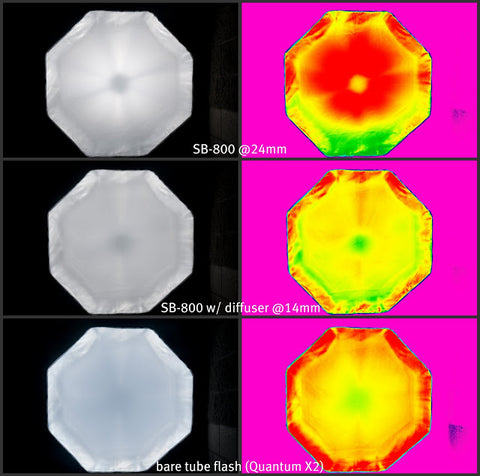
SB-800 at 24mm zoom: Doesn't look too bad but when we look at the luminosity map, we see that the distribution of light is not very even, with more than half the softbox being red, about 1/3 being yellow and 1/3 being green, and the intensity is not evenly distributed across the panel either. Note that the variation of intensity is greater across the vertical axis (varies from red to green) than the horizontal axis (varies from red to yellow). It may have looked more even if I took the shot perfectly straight on but I would guess the pattern is due to the rectangular shape of the speedlight's light pattern.
SB-800 with diffuser: Looks pretty even except at the center (which is partly blocked by the runner hub of the octagon softbox) and the parts that are not diffused by the inner baffle. Even when we look at the luminosity map, the distribution looks quite even, with most of the softbox appearing at the same yellow intensity, although there are parts that are red and parts that are green. The distribution also appears much more regular than that of the SB-800 without diffuser. Another noteworthy result is that the diminution in intensity is moderate and certainly does not overcome the advantage of a more even light distribution.
Bare tube flash: Looks remarkably even except at the parts not diffused by the inner baffle. The luminosity map shows that the distribution is very regular and the variation of intensity is gradual except at the parts of the softbox not diffused by the baffle.
WINNER: Bare tube flash, though the SB-800 with diffuser worked surprisingly well. Don't count the SB-800 out yet though, because the front panel light distribution isn't significant by itself. What matters is the actual light pattern on the subject.
ROUND 2: LIGHT PATTERN ON WALL
In this round, I aimed the softbox at a wall. I took shots of the light pattern as seen from directly behind the softbox as well as from the side of the softbox (so that we can see the middle of the light pattern). As in the previous round, these shots were also at ISO 200, f/4, 1/250. The SB-800 was triggered at 1/32 power while the X2 was at 1/64 power.
The results:

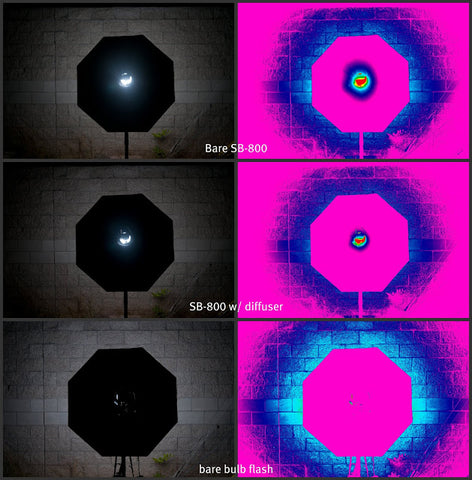
What I was looking for when looking at the light pattern from behind the softbox is primarily the shape of the light pattern. When I look at the images (even diagonally), the shape looks very similar. Now let's have a look at the pattern of the light intensity:


SB-800 at 24mm zoom: the intensity varies from green to blue but is distributed very regularly. Notwithstanding the uneven light pattern on the front panel, the actual light pattern is round and there is barely a hotspot.
SB-800 with diffuser: the intensity is very slightly diminished compared to the SB-800 without diffuser but perhaps more importantly, there is almost no hotspot at all. The light looks very even and the intensity varies in a regular pattern.
Bare tube flash: looks quite even, but not more so than an SB-800 at 24mm zoom. The hotspot looks more intense than that of the SB-800 at 24mm zoom and certainly the SB-800 with diffuser, but because the X2 was also significantly brighter, we can't definitively say that the bare tube flash is less even than the SB-800 unless we could re-do the test at a diminished intensity for the X2 (I would have had to decrease the ISO because the X2 was already at the minimum power).
WINNER: SB-800 with diffuser, though the X2 results may improve if the intensity can be made more comparable.
ROUND 3: MANNEQUIN HEAD
I don't take photos of softbox panels or walls -- I take photos of people. So the most important test for me is how the light looks on a person. In this round, I compared shots of a mannequin head. The shots here were at ISO 640, 1/250, f/4. The SB-800 was at 1/32 while the X2 was at 1/64.
The softbox was around 45 degrees to the vertical and around 15-30 degrees to the subject's right. Here's what the setup looked like:
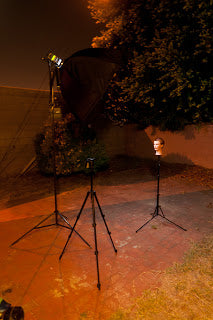

Results:

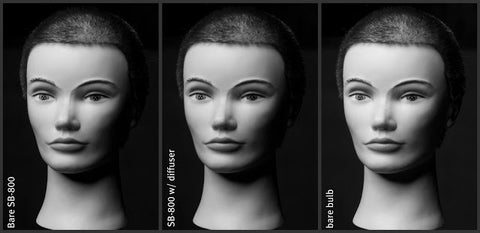
I converted the comparison shots to black and white to remove color temperature as a factor. Except for the brighter exposure of the bare bulb flash, the results look almost identical. For those who want to pixel peep, here are the shots again:
Bare SB-800:


SB-800 with diffuser:


Bare bulb flash:


If you see any significant difference, please feel welcome to post in the comments.
Credit: Mic Ty and Mohammad Shafik - Website: http://betterfamilyphotos.blogspot.co.uk/2011/07/bare-bulb-superiority-fact-or-fiction.html
For further information regarding the PIKA200, please click Here

